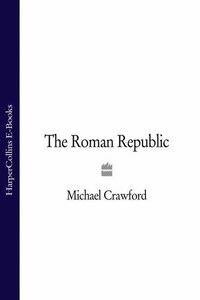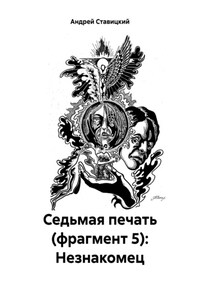HarperPress An Imprint of HarperCollinsPublishers 1 London Bridge Street, London W6 8JB
First published by Fontana 1978
Copyright © Michael Crawford 1978, 1992
Michael Crawford asserts the moral right to be identified as the author of this work
All rights reserved under International and Pan-American Copyright Conventions. By payment of the required fees, you have been granted the non-exclusive, non-transferable right to access and read the text of this e-book on screen. No part of this text may be reproduced, transmitted, downloaded, decompiled, reverse engineered, or stored in or introduced into any information storage and retrieval system, in any form or by any means, whether electronic or mechanical, now known or hereinafter invented, without the express written permission of HarperCollins e-books.
HarperCollinsPublishers has made every reasonable effort to ensure that any picture content and written content in this ebook has been included or removed in accordance with the contractual and technological constraints in operation at the time of publication.
Sourice ISBN: 9780006862505
Ebook Edition © APRIL 2015 ISBN 9780007385263 Version: 2015-04-08
I HAVE TRIED, within prescribed limits, both to present a balanced picture of the Roman Republic and to write an interpretative essay. I have also tried to do justice to the immense diversity of the source material for the period, sometimes by citation rather than quotation. (In this context, I should explain that my translations of the written sources are often explanatory paraphrases rather than strict translations.) The plates and figures also offer visual evidence of an importance equal to that of the written material.
The maps show the location of the most important places mentioned in the text; for the others an atlas must be used.
Dates are BC, except for a few which are indicated as AD and a few which are quite obviously so. The date chart should compensate for the fact that the arrangement of the book is only loosely chronological.
The suggestions for further reading concentrate naturally on recent work in English.
All the indices are intended to function as tools of reference and therefore provide information, not easily incorporated in the text, on sources, persons, places and technical terms.
Tim Cornell, Oswyn Murray, John North, Helen Whitehouse and Peter Wiseman have all read the manuscript and have helped to eliminate a variety of aberrations. They of course bear no responsibility for the defects of the final version. The maps and figures are largely the work of Bill Thompson, of the Museum of Classical Archaeology, Cambridge; I am gateful to British Archaeological Reports, the British School at Rome and Filippo Coarelli for illustrations. To him, Peter Brunt, Emilio Gabba, Keith Hopkins, Claude Nicolet and those already mentioned I owe thanks for many enjoyable discussions of Republican history. But my greatest debt, and with it the dedication of this book, is to my immediate colleagues in the period when it was taking shape, Jack Plumb, Simon Schama and Quentin Skinner.
In preparing a second edition, I have slightly expanded the text and altered it in places to accommodate changes of mind and some recent discoveries. I have learnt a great deal from the careful suggestions of Kai Brodersen, who oversaw the German translation of the first edition. There is now a much fuller Date Chart to provide a certain chronological framework for those who are unfamiliar with the Roman Republic. And the Further Reading is related to the Date Chart in a way which I hope will be helpful. I hope that in this as in other cases I have learnt from the kind comments of reviewers, though I have found myself unable to accept suggestions which involved wanton changes to the original texts which underly my translations. Nor do I have any regrets about the space devoted to social and economic, as well as political and institutional, factors. I continue to believe that the principal reason for the destruction of Republican government at Rome was the neglect of the legitimate grievances of the population by the governing classes, just as I continue to believe that a socialist framework offers the only eventual hope for the survival of our own world. That the Roman Republic remains for me as live and fascinating a complex of problems as it has ever been owes much to the friendship and sparkle of my fellow Republican historians at University College London, Tim Cornell and John North; I should like to associate them in the dedication of this book.








